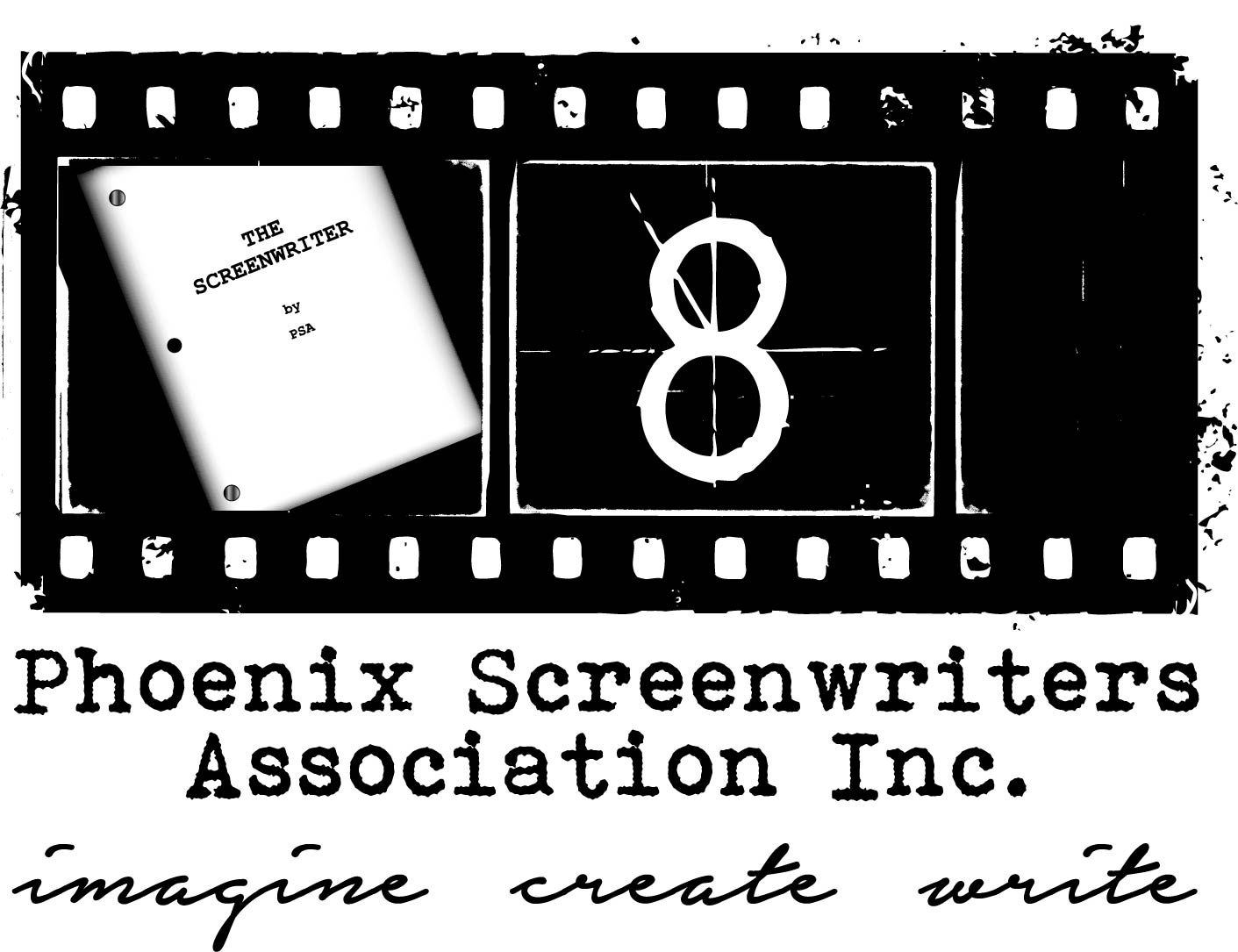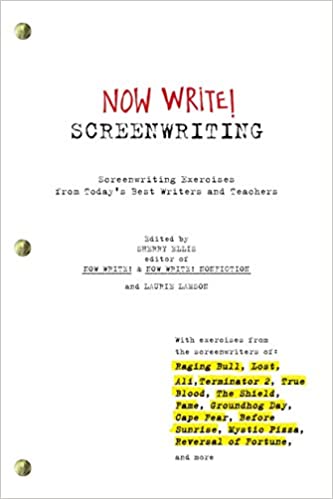Hey Writer! Now, Pay Attention….
by Jessica Brown, Screenwriter and Board Member of Phoenix Screenwriters Association
Me: Now Write!
You: But I was writing before you interrupted me with “Hey Writer!”
Me: Sorry. But I need your attention for this one.
Wouldn’t it be nice to have a bunch of the best writers in Screenwriting in your pocket or on your writing desk or digital device to teach you exercises that worked for them to solve all the big components of screenwriting? Well, Now you do.
Now Write! Screenwriting: Writing Exercises from Today’s Best Writers and Teachers is a collection of advice and exercises compiled by Sherry Ellis with Laurie Lamson.
Their wonderful resource guide is logically laid out starting with Choosing Your Story followed up with Get Writing, Structure, Theme, Crafting Scenes, Character Development, Verbal and Nonverbal Communication, Revision and finally, Now What?
When you pick a section to attack, you will be greeted by an esteemed screenwriter with their credentials. From there the writer will give you a short essay on what they see is a critical component of writing and how they tackle it. The Pro finishes up with an exercise they’ve used to overcome a writing challenge. Pretty cool.
Let’s look at the first chapter under Choosing Your Story. Our highly esteemed writer for this chapter is Mardik Martin. He penned Mean Streets, Raging Bull, New York, New York, Valentino, along with other screenplays. He has been a senior lecturer at USC and has previously taught at New York University. The American Film Institute named Raging Bull the fourth best movie of all time, and the Writers Guild of America rated Raging Bull as one of the top 101 screenplays of all time.
Pretty impressive background. Ok, Mardik, you have my attention. What are you going to teach us?
Mardik: “The biggest trap in writing a screenplay is the starting point. Remember, you’re going to spend possibly a year of your life on a feature film script,” he writes. “It’s easier and more effective to build with a conflict.”
Me: Okay, so how do we do that?
Mardik: “Your audience loves a movie because they identified not with the main character, but with their conflict.”
Me: hmmmmm. Tell me more.
Mardik: “ When you create a story, keep the character’s conflict at the forefront of your screenplay’s starting point.”
Me: So, Mardik, how do I do that?
Mardik: “ You want to observe real people around you and, more important, their problems, their situations, their conflicts.”
Me: Aha! So what’s my homework?
Mardik: “Maybe your best friend has a problem living with his mother. Like an objective scientist, observe the conflict and imagine it as a scene. Take notes. Try not to interject your own opinions of the people. Stick to the facts of what you see and what happens.”
Me: And then what do I do?
Mardik: “What actually creates drama is the antagonist, the conflict giver. So when you observe life and take research notes, be sure to pinpoint the actions, motives, and desires of the Antagonist.”
Me: My best friend’s mom is the conflict-giver to my best friend? Wow!
Mardik: “Now create scenes combining your observations with your imagination.”
Me: Cool. Well, thank you Mardik. I think I’ll head over to my best friend’s mom’s house and do my homework.
This chapter goes into more depth, but I wanted to give you a feel of what this book is about. It’s like having an internship with a working screenwriter at a big studio.
The beauty of this wonderful guide is that you can start anywhere no matter where you are at in your writing process of a particular project, or as a great read to build your skills and craft.
Some of the other Masters you can learn from in this guide are: Hal Ackerman, Alan Watt, Brad Riddell, Chandus Jackson, Barri Evins, Christina M. Kim, and on and on and on.
So sit down and write, Now! And then get this guide if you are looking to seek answers from the pros and see how they solve all kinds of writing problems.
Enjoy!
If you pick up this book and got something from it, please drop me a line at jessbrown44@gmail.com. I would love to hear from you! I’m going to go write. Now!
Happy Writing!
Jess

